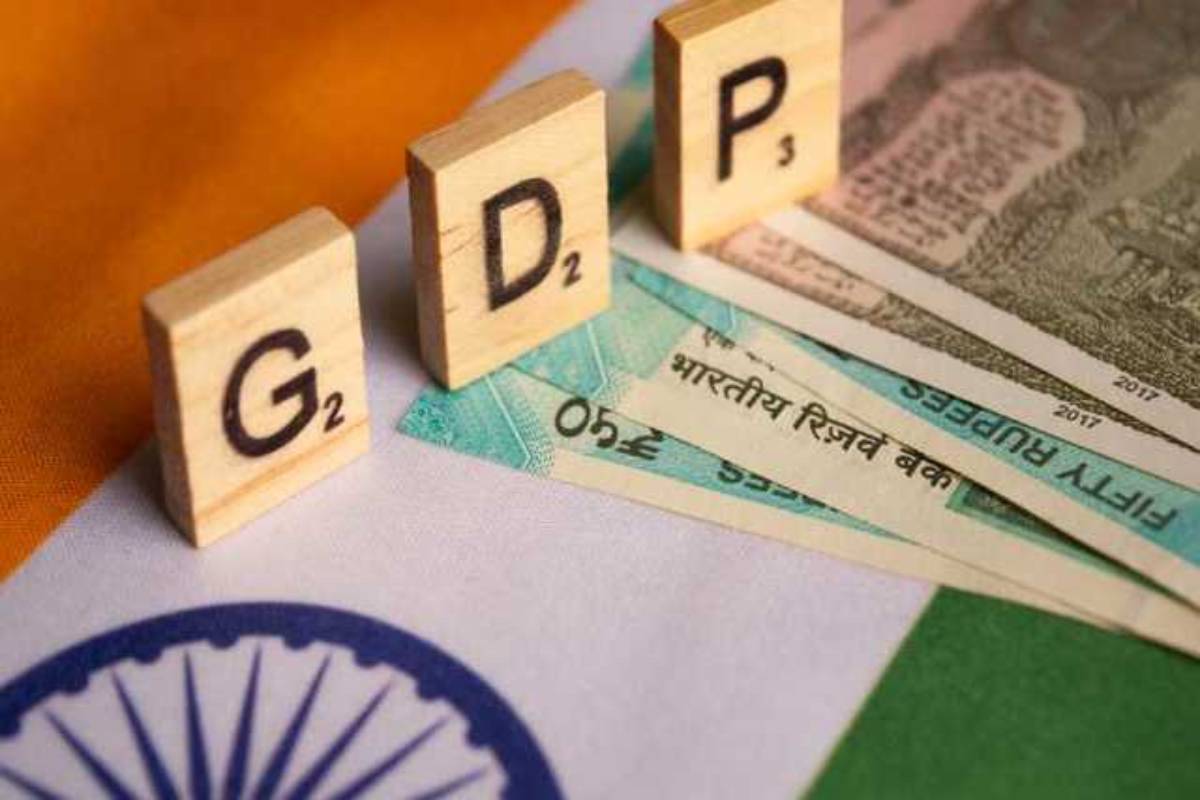India’s economic growth is often measured by rising consumption and expanding credit access. However, a closer look at recent spending patterns reveals an alarming trend; Indians are allocating nearly a third of their income to loan repayments. This growing reliance on credit, while fuelling short-term economic activity, raises questions about financial sustainability and longterm economic stability. A recent report analysing the spending behaviour of millions of individuals reveals how debt is shaping financial choices across income groups, highlighting both rising consumer aspirations and increasing financial strain.
With a large section of salaried individuals spending 34-45 per cent of their earnings on loan repayments, financial flexibility is becoming increasingly constrained. What was once a culture of savings is now being replaced by easy credit and lifestyle-driven borrowing. While higher-income groups take loans for luxury goods and travel, lower-income earners are often forced into debt for essential necessities, including hospitalisation. The blurring lines between discretionary spending and financial obligations indicate a structural shift in how people manage their money. Simultaneously, household savings have plummeted to a five-year low, accounting for just 5.1 per cent of GDP. This is a concerning statistic, considering India’s traditionally strong savings culture. A surge in personal loans ~ growing at 13.7 per cent annually ~ suggests that while incomes have increased, so has financial stress. Even with an average salary growth of 9.1 per cent over the past six years, rising debt levels show that expenses are outpacing earnings.
Advertisement
The proliferation of fintech, non-banking financial companies, and digital lending platforms has made borrowing more accessible than ever. While this has empowered many individuals, especially in smaller cities, it has also encouraged excessive reliance on credit. The ease of availing loans through embedded finance and peerto-peer lending is leading many into a cycle of debt that is difficult to escape. Interestingly, spending patterns vary across income brackets. Entry-level earners dedicate a larger share of their income (44 per cent) to basic needs like groceries, fuel, and medicine, while high-income earners allocate only 22 per cent to such necessities. Instead, they spend heavily on lifestyle expenses, with discretionary spending rising from 22 per cent in lower salary bands to 33 per cent in higher ones. The trend indicates growing consumerism, but also highlights widening economic disparity.
Rising consumption is often viewed as a sign of a growing economy, but when fuelled by borrowing it becomes unsustainable. A significant portion of salaried individuals now rely on loans for homes, vehicles, and even everyday expenses. While this may drive short-term economic activity, it raises concerns about financial resilience during economic downturns. The broader implications are worrisome. If savings continue to decline while debt levels rise, India could face a financial crisis where households struggle to meet their obligations. Encouraging responsible borrowing and strengthening financial literacy are crucial steps to ensure that economic growth does not come at the cost of longterm financial health.









